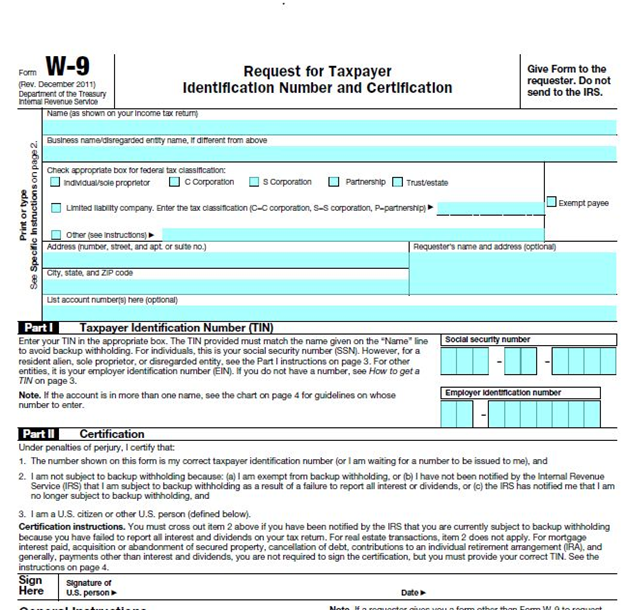Back in July of 2012, I wrote about the new Medicare taxes that higher income earners will be subject to under the Affordable Care Act starting in 2013.
Briefly, there is an additional Medicare tax of .9% on wages and self employment income over $200,000. ($250,000 for married filing jointly couples/$125,000 for married filing separately) For more details and a complete breakdown of the taxes you can read the post at:
http://robergtaxsolutions.com/2012/07/obamacare-what-you-need-to-know-part-2/
And there’s also the new Medicare tax of 3.8% on your investment income. The 3.8% tax is going to apply to the lesser of your net investment income or the amount of your AGI in excess of a certain threshold amount. The thresholds are $200k-singles and Head of Household, $250K-MFJ, and $125K-MFS. For more information you can check this post out.
http://robergtaxsolutions.com/2012/07/obamacare-what-you-need-to-know-part-3/
Now that 2013 is more than halfway through and the income tax filing season will be here before you know it, how are you supposed to report those taxes on your 1040 tax return? Well, the IRS has introduced not one but two new tax forms for you to fill out.
I don’t know why, but introducing new tax forms makes me feel a little like a late night talk show host, so forgive me for saying, let’s bring out our first guest, Form 8959! http://www.irs.gov/pub/irs-dft/f8959—dft.pdf Okay, it’s no Johnny Depp. It’s not even as interesting as the Aflac Duck. But it is new. If you click on the link, you’ll have to scroll past all the warning it’s only a draft signs. (If you’re reading this in 2014, you should be able to find actual forms instead of drafts.) The Form 8959 is what you’ll be filling out if you have to pay the .9% Medicare tax on wages or self-employment income.
If you have investment income, the new form is called the Form 8960 and here’s a link to that: http://www.irs.gov/pub/irs-dft/f8960—dft.pdf That’s going to be the form you file for the 3.8% Medicare tax on investment income.
Now the upside to both of these forms (if there’s an upside to paying more taxes) is that if you’re using computer software (like the 1040.com software you can access from this website) — the software will compute everything for you. I have 100% confidence that Turbo Tax, H&R Block at home, and all the others will get the 8959 right. The 8959 form is for the .9% tax on wages. The form is very straight forward (as far as tax forms go, at least to a tax geek like me.) You basically take numbers from your W2 or self employment tax form and do a little multiplication. Bam—you’re done.
But I am a little concerned about potential errors in the 8960 forms. There are 21 official lines to the form and there are 16 places where the form says “see instructions.” That’s telling me there’s a lot of room for error there. You’re still going to be better off using a tax software if you have to file the form 8960, but I’d be cautious. Don’t rush to be the first one to file your return. During tax season, software programs are updated daily. This form is likely to have bugs, so let the IT folks work those bugs out before you submit.
As a tax professional, I’ll be going over those forms with a fine tooth comb until I’m confident the numbers are all flowing correctly.
The taxes that you compute on forms 8959 and 8960 will be reported on line 60 of your 1040 tax return: http://www.irs.gov/pub/irs-dft/f1040—dft.pdf Line 60 used to just say “other taxes” but now it will specifically 8959 and 8960 with little checkboxes.
So technically, Congress can say that your 1040 form won’t be longer. You’ll just have extra pages to attach to it.



